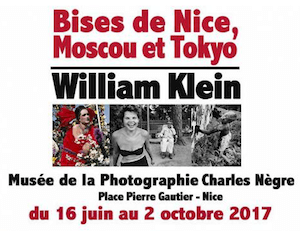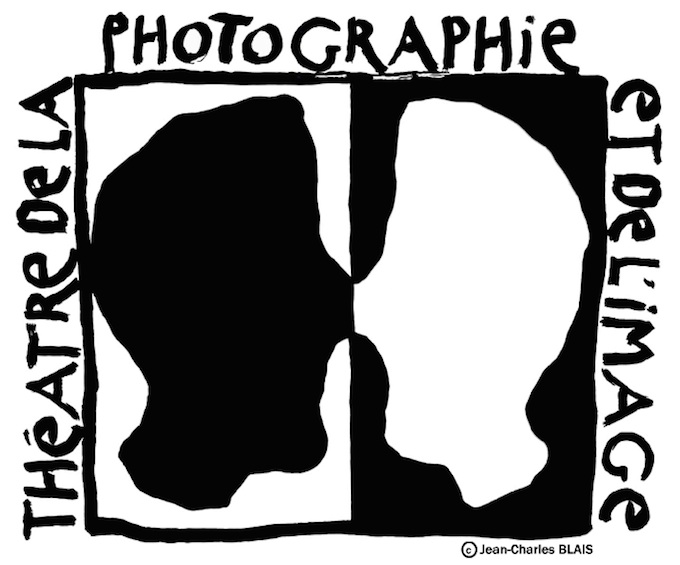For the public at large, he may not be as famous as the likes of Cartier-Bresson or Robert Capa, yet for his peers, photographer and filmmaker William Klein is nothing short of a living legend, having revolutionized the art of modern photography.
Now, the Niçois have a chance to admire the works of an artist who has been capturing the rough and tumble of daily life for more than 60 years, thanks to the exhibit, Bises de Nice, Moscou et Tokyo, that is currently being held at the Musée de la Photographie Charles Nègre until the 2nd of October.
Born in New York in 1928 to a Jewish family, Klein was introduced to Europe while doing his military service. After his demobilization, he stayed in Paris to take classes at La Sorbone and to study art with Fernand Léger. He started taking pictures of the people and street fashion around the French capital, using strong contrasts and blurred contours to produce brutally honest images that stood in direct contradiction to the aesthetical and technically perfect photographs of the times.
Strongly interested in social issues, this “anti-photographer” as he likes to call himself became famous in 1956 with the publication of his first book, “Life is Good and Good for You in New York: Trance Witness Revels” which showed the Big Apple bas a booming and vibrant city, but also as a harsh and oppressive metropolis.
This was the beginning of a string of expressive portraits of cities. After Rome in 1958, he went to Moscow between 1959 and 1961 at the height of the Cold War, where he was able to go largely unnoticed to paint a picture of a lively, thriving Moscow at odds with the much greyer image the West liked to portray.
 Then it was Tokyo in the early 1960’s, where Klein managed to capture the great mutation of a city that was still teetering between tradition and modernity.
Then it was Tokyo in the early 1960’s, where Klein managed to capture the great mutation of a city that was still teetering between tradition and modernity.
While most of his pictures are black and white prints, the artist also occasionally adds a touch of colour to celebrate life, as was the case when he photographed the Nice carnival in 1984, its centenary year.
But Klein is not just a photographer, he is also a filmmaker and the audience can watch his 2005 movie Messiah, which includes performances of Handel’s oratorio by a gay and lesbian gospel choir, as well as inmates of the Sugarland Prison in Texas, over images of contemporary life.
Throughout his career, William Klein has received many distinctions like the Prix Nadar (1957) and the rank of Commandeur des Arts et des Lettres de France (1991), but he remains first and foremost an unconventional artist who likes to take risks and experiment with lots of genres. As he once said: “Sometimes, I’d take shots without aiming to see what happened. I’d rush into crowds—bang!bang!…It must be close to what a fighter feels after jabbing and circling and getting hit, when suddenly there’s an opening, and bang! Right on the button. It’s a fantastic feeling.”

The exhibition, “William Klein: Bises de Nice, Moscou et Tokyo”, runs until 2nd of October, 2017 at the Théâtre de la Photographie et de l’Image, from 10am – 6pm daily (closed Mondays). Admission is free for residents of Nice.
CONTACT DETAILS
Musée de la Photographie Charles Nègre
1, place Pierre Gautier
06300 Nice
Tel: +33 (0)4 97 13 42 20
![]()
Lead image by Roman Bonnefoy (Uploader own work) [CC BY-SA 3.0], via Wikimedia Commons


Leave a Reply